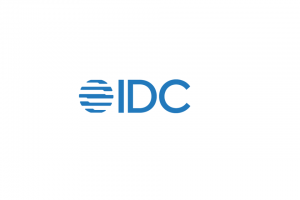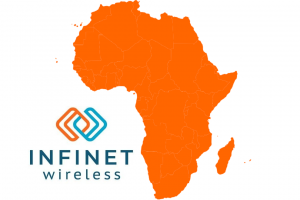 Nujira has announced its first IC for 4G mobile handsets based on its envelope tracking (ET) power supply modulation technology.
Nujira has announced its first IC for 4G mobile handsets based on its envelope tracking (ET) power supply modulation technology.
The Cambridge-based firm claims its NCT-L1100 chip can cut wasted energy from power amplifiers (PAs) in mobile handsets by more than 50{e1f18614b95d3cd6e4b3128e1cd15d99b042a60a5a19c19b7a8e07e7495efa10}.
According to Nujira’s CEO, Tim Haynes, reducing the power consumption of PAs is one of the key challenges facing 3G and 4G smartphone OEMs as demand for higher data rates continues to drive network standards.
“The improved spectral efficiency of the 4G LTE standard enables higher data bandwidth, but comes at the price of reduced energy efficiency in the RF PA,” said Haynes.
“4G handsets may need to be charged two or three times a day, which will have a catastrophic impact on user adoption,” said Tim Haynes, CEO, Nujira.
There are also penalties from an increase in the average RF power transmitted from the handset, and the need to support an increasing number of frequency bands in the phone to support global roaming.
This not only impacts on battery life, but also on handset temperature – a growing problem for smartphone designers. Unaddressed, these issues will degrade the user experience and delay the adoption of 4G smartphones.
“The industry consensus is that Envelope Tracking will become the standard PA architecture for the next generation of handsets, because it is the only power optimization technology which delivers high efficiency over the entire spectrum used for 3G and 4G standards,” claimed Haynes.
The Coolteq.L chip is compatible with multiple air interface standards, including TDD and FDD LTE. It supports the maximum 20MHz channel bandwidth of LTE.
The technology has already been validated through system integration with two major platform chipset vendors.
June 3, 2025











